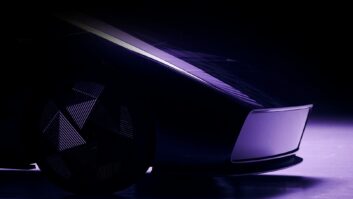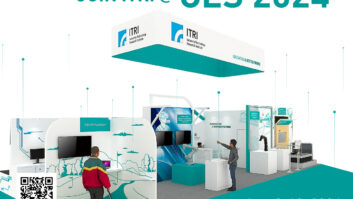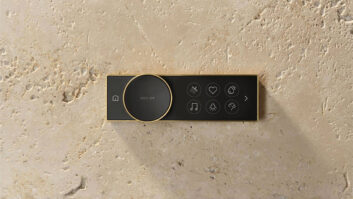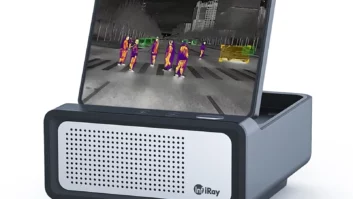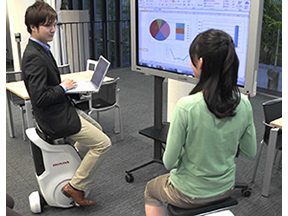
Honda unveiled various technologies at CES Asia 2017, exhibiting under its theme of the “Cooperative Mobility Ecosystem.”
Technologies on display include the Honda NeuV, a concept electric vehicle (EV) equipped with artificial intelligence technology it called an “emotion engine” and an automated driving function, and Honda Riding Assist, a concept motorcycle that applies Honda’s original balance control technology amassed through robotics research.
Tsutomu Wakitani, COO of Honda’s R&D Innovations Center X, stressed that in the past, Honda had transformed society with its “Mono-Zukuri” — the art of making things — but going forward, “Koto-Zukuri” — the art of creating new experiences — will become increasingly crucial to the company’s goals.
Wakitani said Honda will create new value by offering products and services that help people connect with others and make an emotional connection with customers by utilizing software technologies such as AI, big data and robotics, in addition to traditional mechanical engineering technologies that focus on hardware.
See: As CES Asia Gets Underway, Mercedes-Benz Unveils ‘Fit & Healthy’ Concept Car
Honda established its R&D Innovations Center in Silicon Valley in April of this year as a new company, separate from its vehicle businesses that will focus on accelerating Honda open innovation efforts on a global basis. Initially, R&D Center X will focus mainly on robotics and the underlying AI technologies; however, Honda is planning to adjust its target areas to stay in line with the real world.
Among the concepts Honda has on display:
* The Honda NeuV concept automated EV “commuter vehicle” makes judgments about the driver’s state of stress based on facial expressions and/or tone of voice and provides assistance to the driver to support safe driving. Moreover, NeuV will learn the lifestyle and driver preferences and suggest different options depending on the situation. Furthermore, when it is not in use by the owner, and with the owner’s permission, NeuV will self-drive and offer ride sharing to other people.
*Honda Riding Assist is an experimental motorcycle model Honda developed by applying proprietary balance-control technologies it amassed through research into humanoid robots. With or without a rider, Honda Riding Assist self-balances and stands on its own. Even when the rider loses balance to a certain degree, the motorcycle maintains its balance on its own and mitigates wobbling during low-speed riding and stopping and the risk of a fall. It debuted at CES in January.
* The UNI-CUB beta is a personal mobility device — like a smaller, portable Segway — that was developed with the theme of “harmony with people.” It’s usable in spaces where people come and go. With Honda’s proprietary balance-control technologies, UNI-CUB beta enables freedom of moving forward, backward, laterally and diagonally simply by the user shifting body weight. UNI-CUB beta is equipped with a Robot Operating System (ROS) that allows it to operated remotely so that it can be used in many ways including unmanned delivery service or to usher guests on pre-programmed routes.
* Safe Swarm is a concept inspired by the natural world to realize smooth traffic flow — replicating the behavior of a school of fish — using connected car technologies. The concept uses vehicle-to-vehicle communications to share information about road conditions and any obstacles. It prevents traffic congestion by assisting the driver to merge and lane change at the appropriate speed and timing by analyzing vehicle speeds in “swarms.”





